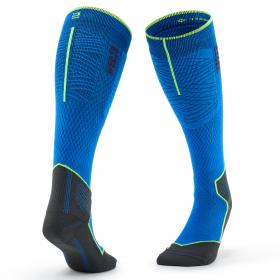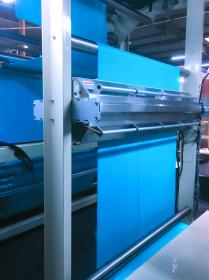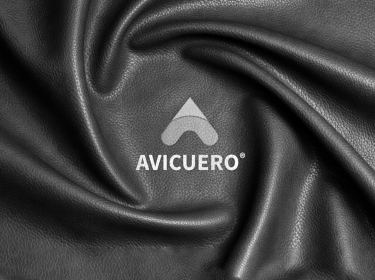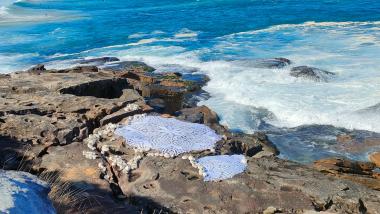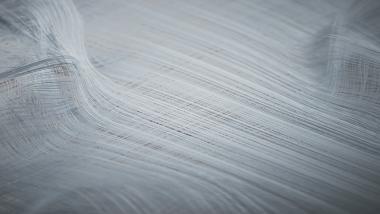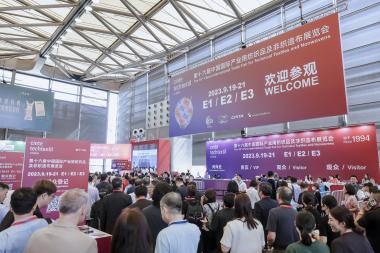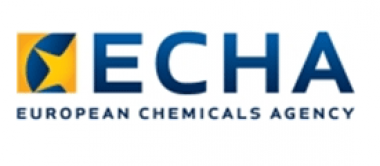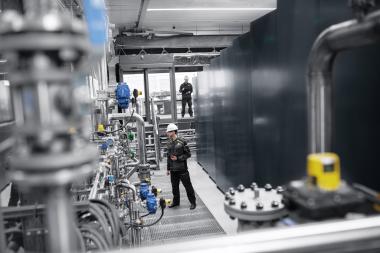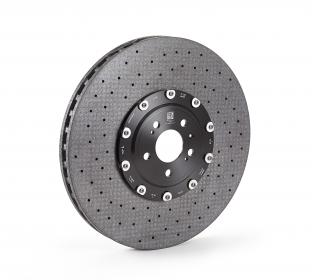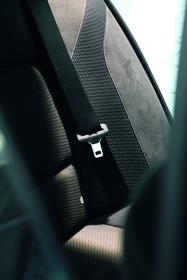Cinte Techtextil China 2024 taking place in September 2024
Cinte Techtextil China 2024, one of Asia’s leading technical textiles and nonwovens trade fair, will take place from 19 – 21 September 2024 at the Shanghai New International Expo Centre. In its capacity as a well-established platform for the latest textiles, nonwovens, and equipment, the 18th edition of the fair will offer business opportunities across the industry supply chain. With the previous edition attracting 467 exhibitors from 13 countries and regions across 40,000 sqm, the organisers are looking to build on that success at next year’s show.
With next year’s fair expected to again see strong domestic and international participation, the previous edition featured the return of the Taiwan Pavilion, the 40-exhibitor strong European Zone, and seven Chinese regional pavilions. At every edition, multiple fringe events enhance business connections and provide insights to fairgoers. In 2023, key highlights included the 11th China International Nonwovens Conference, the Advanced Technical Textiles Industry Chain Synergistic Innovation Development Forum, various marine textile and rope netting events, and the “Kingsafe Dangs” University Students’ Showcase.
The fair’s product categories cover 12 application areas, which comprehensively span a full range of potential uses in modern technical textiles and nonwovens. These categories also cover the entire industry, from upstream technology and raw materials providers to finished fabrics, chemicals and other solutions. This scope of product groups and application areas ensures that the fair is an effective business platform for the entire industry.
The fair is organised by Messe Frankfurt (HK) Ltd; the Sub-Council of Textile Industry, CCPIT; and the China Nonwovens & Industrial Textiles Association (CNITA).
Messe Frankfurt (HK) Limited








